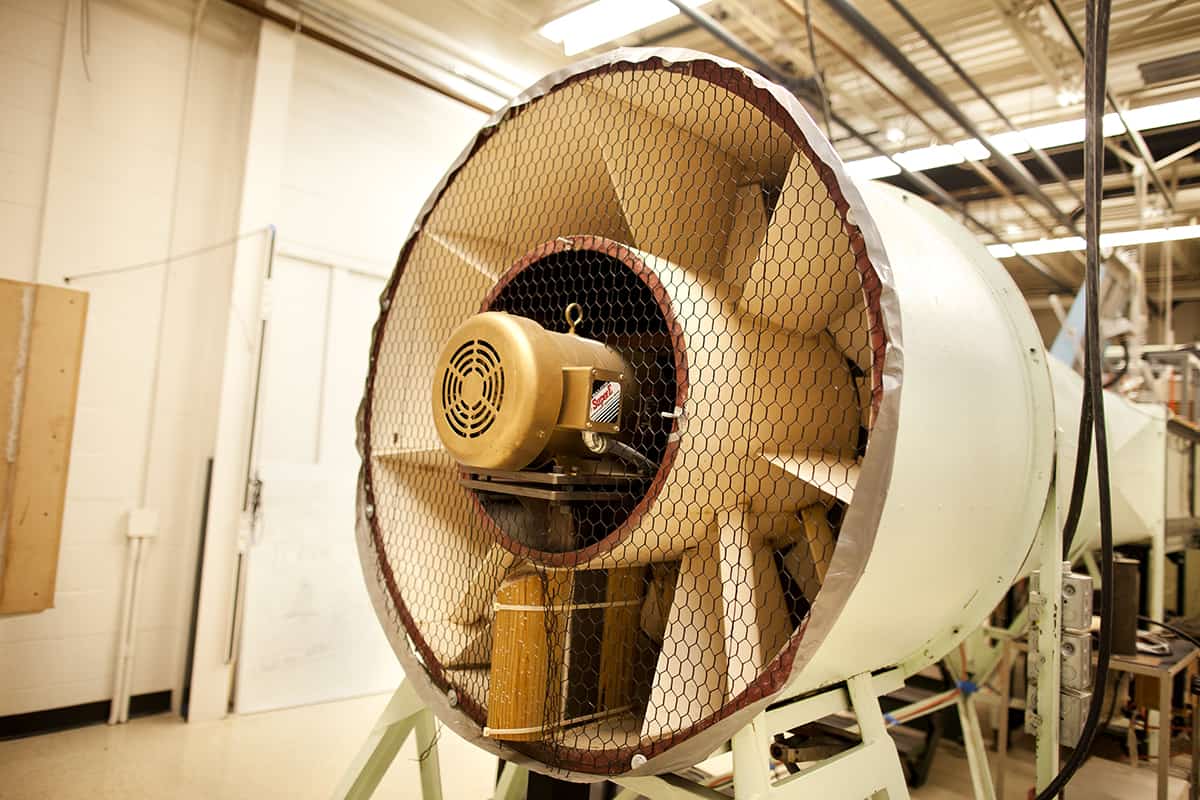Zarvan
ELITE MEMBER

- Joined
- Apr 28, 2011
- Messages
- 54,470
- Reaction score
- 87
- Country
- Location

The Defense Acquisition Program Administration (DAPA) announced on Monday that South Korea’s arms procurement agency will launch a program to develop a Cheonryong (Sky Dragon) long-range, air-launched cruise missile (ALCM).
DAPA said it will spend 190 billion won ($145 million) to produce the nation’s first domestically developed ALCM by 2028, and that it will be mounted on the KF-21 fighter jet, currently under development by Korea.
The Cheonryong ALCM is anticipated to be capable of hitting a target up to 500 kilometers away with pinpoint accuracy, and will become a core asset of the KF-21, DAPA added.
The ALCM is a completely new endeavor for South Korea, due to a lack of technologies involving the safe mounting of missiles on an aircraft and separating them for use. But research from 2019 to 2021 has confirmed the feasibility of the development project, according to DAPA.
Cheonryong will undergo system development from December 2022 to 2028 with a budget of $145 million.
Development will include several major Korean defense contractors, such as LIG Nex1 and Hanwha Aerospace.
If you wish to report grammatical or factual errors within our news articles, you can let us know by using the online feedback form.
If you would like to show your support for what we are doing, here's where to do it: patreon.com/defenceblog
You can also make a donation to the Ukrainian charity fund to show your support for Ukrainian freedom, here's where to do it: Come Back Alive Foundation
Executive Editor
South Korea to develop new long-range strike weapon
The Defense Acquisition Program Administration (DAPA) announced on Monday that South Korea's arms procurement agency will launch a program to develop a Cheonryong (Sky Dragon) long-range, air-launched cruise missile (ALCM). DAPA said it will spend 190 billion won ($145 million) to produce the...




